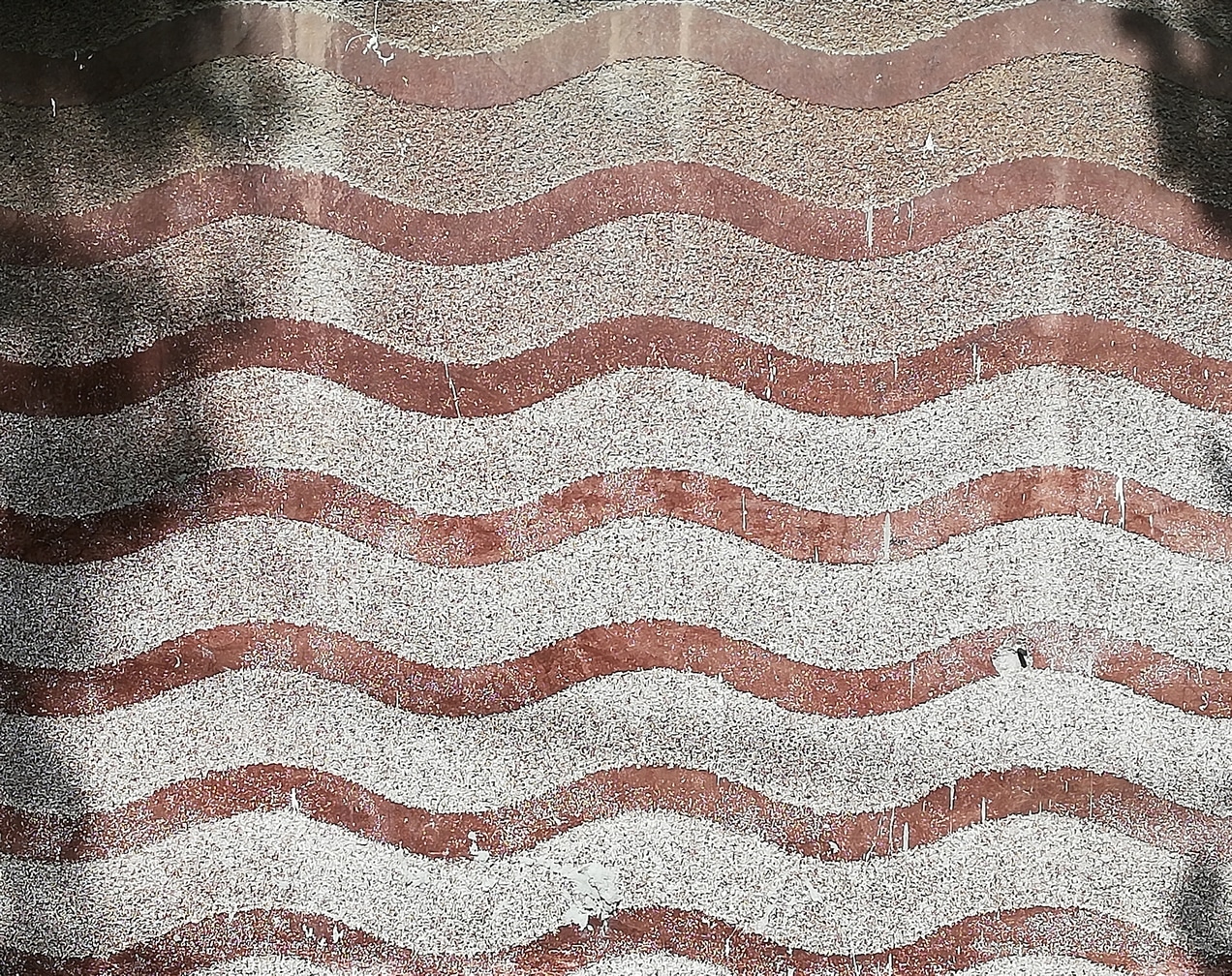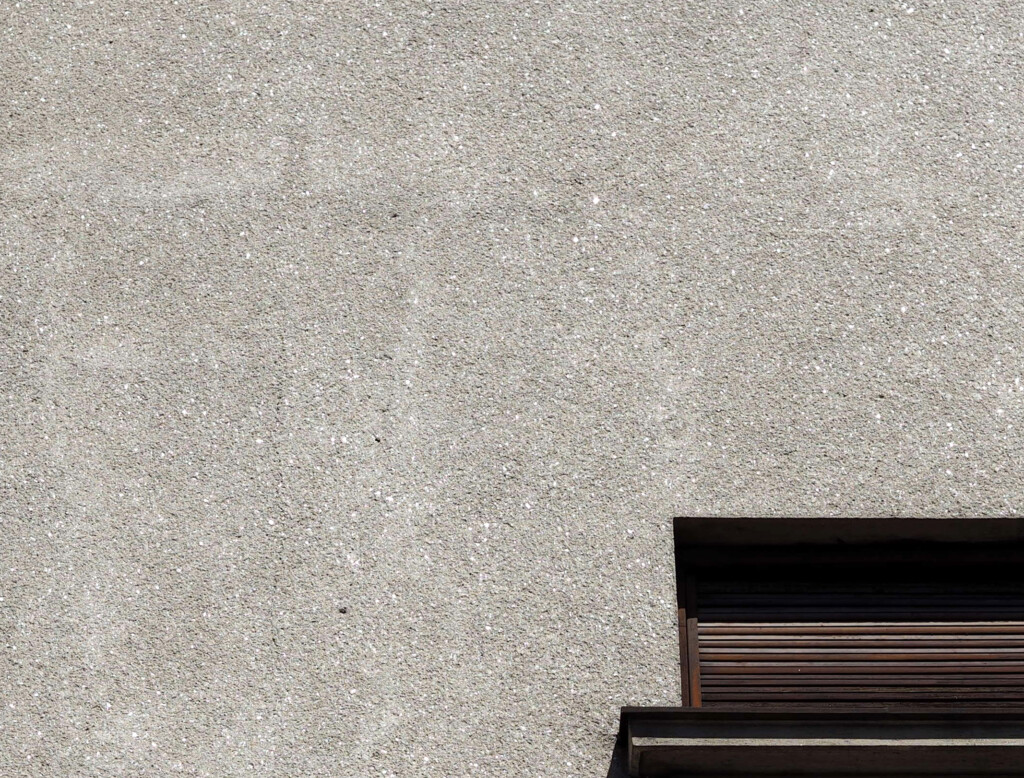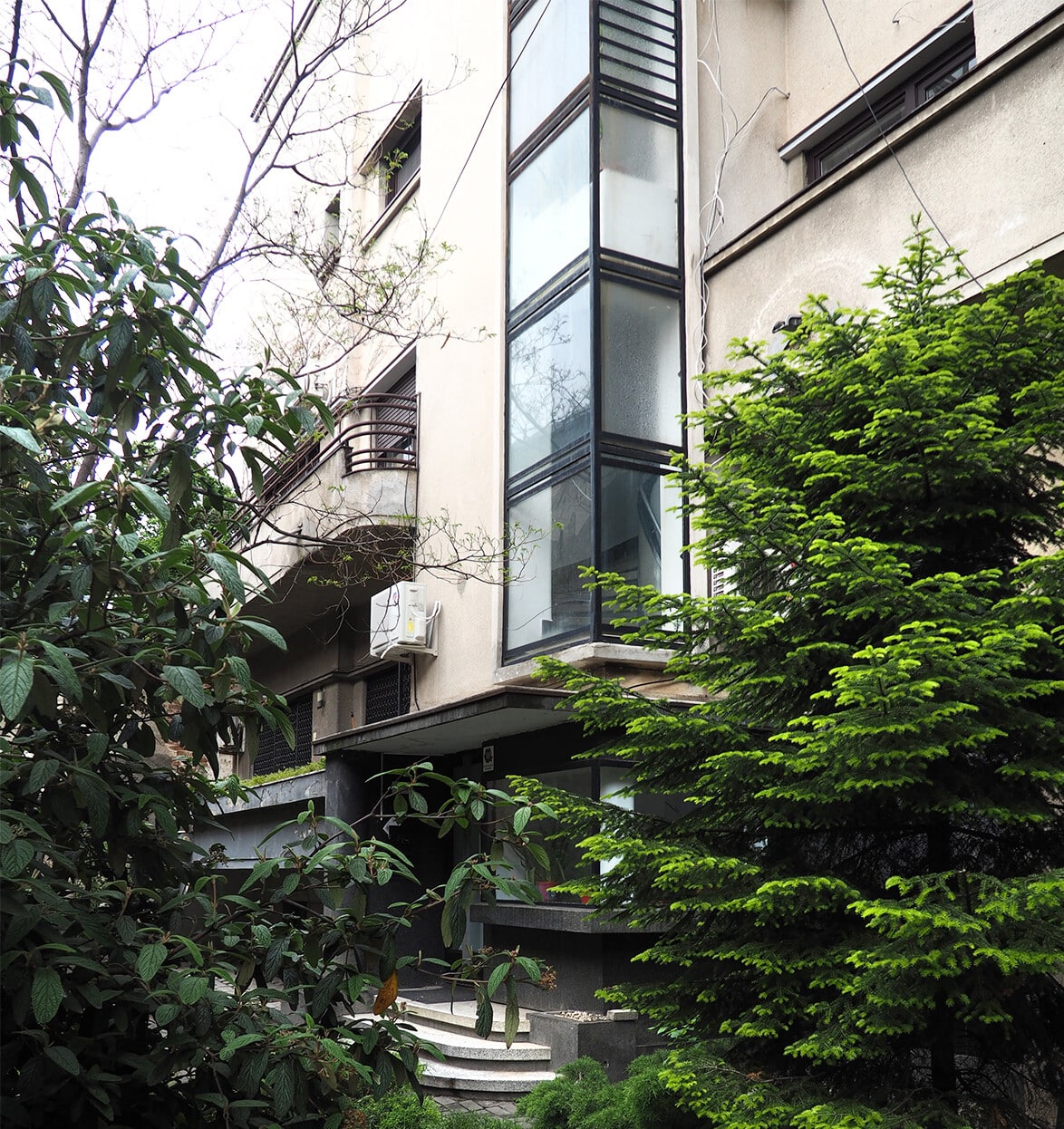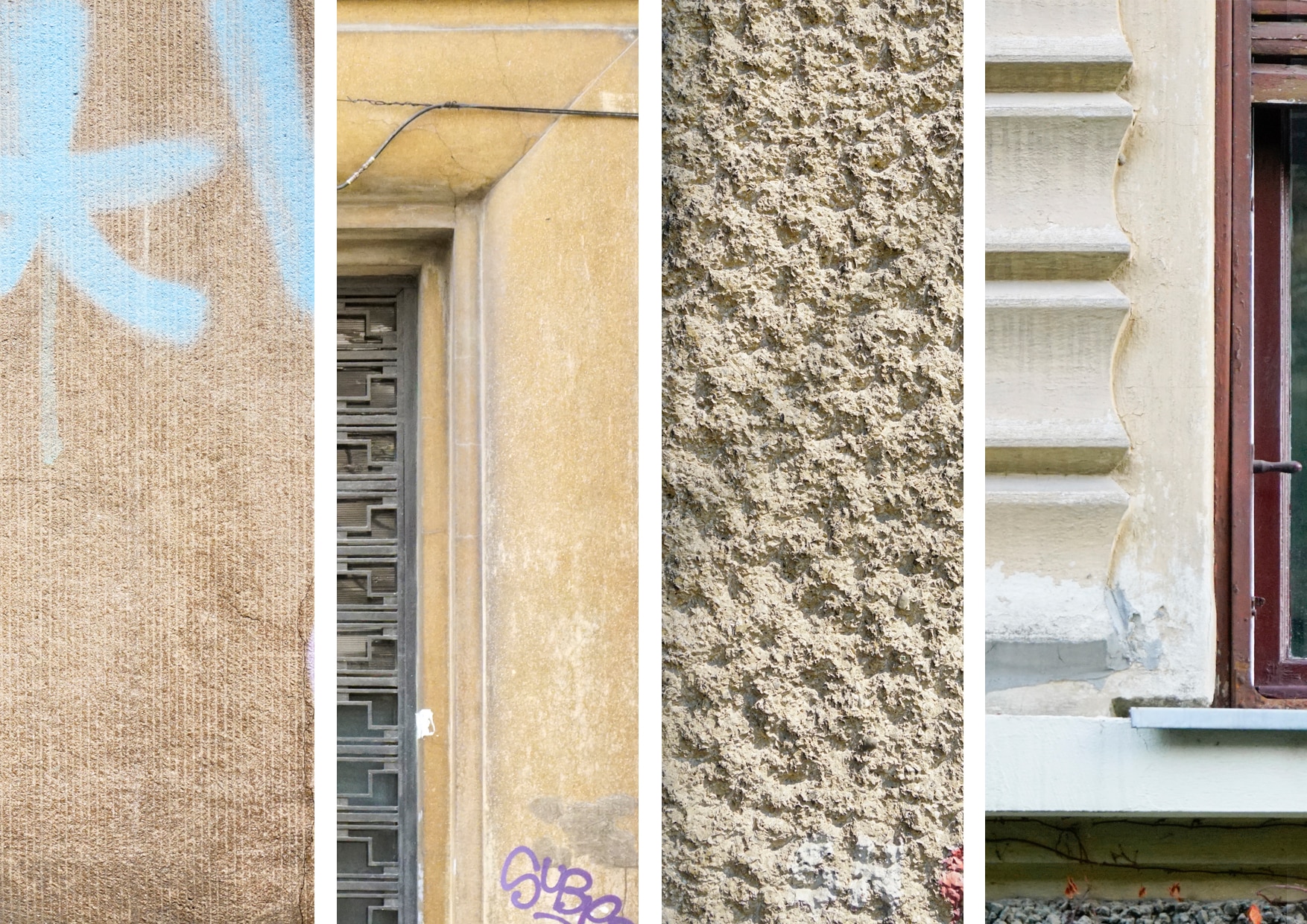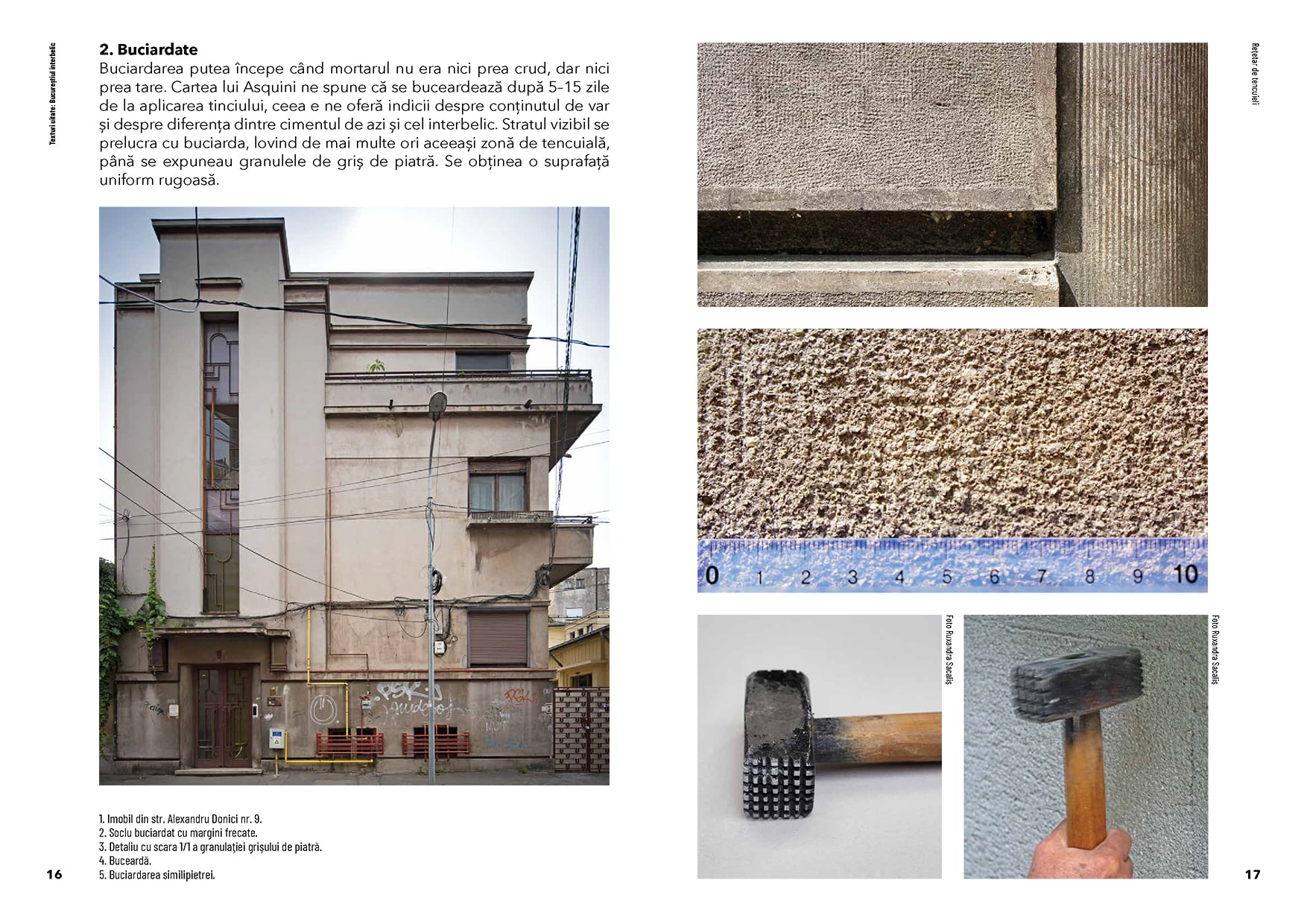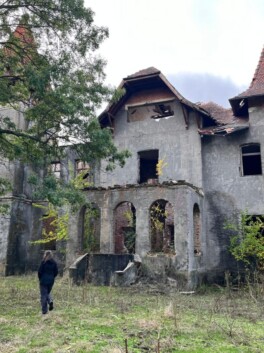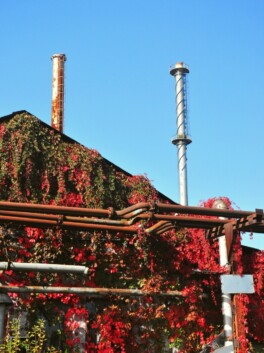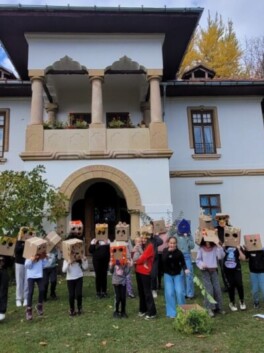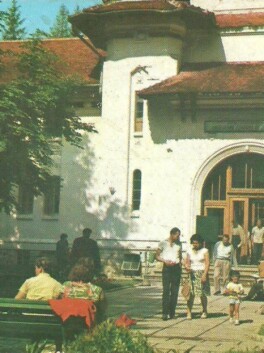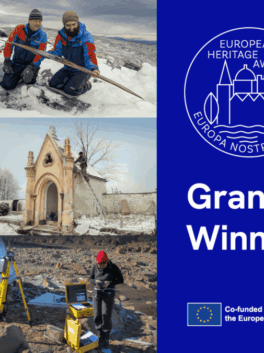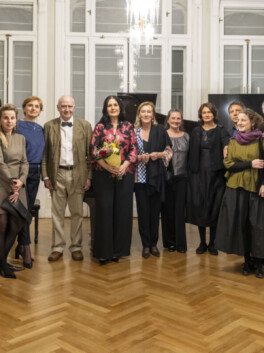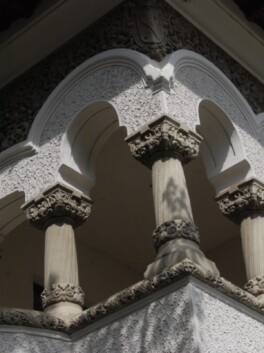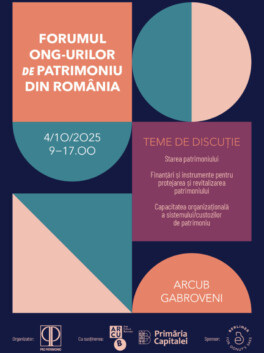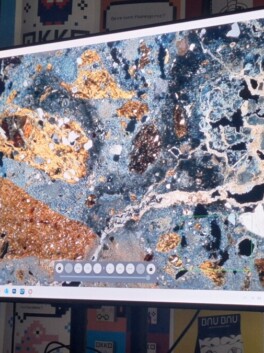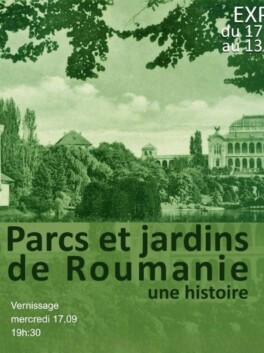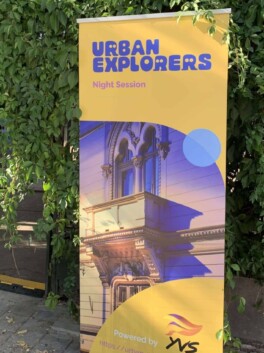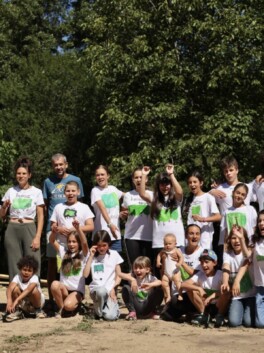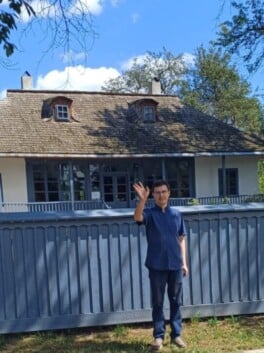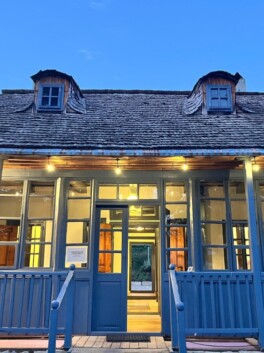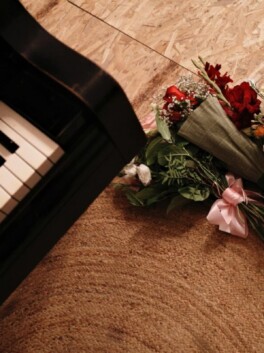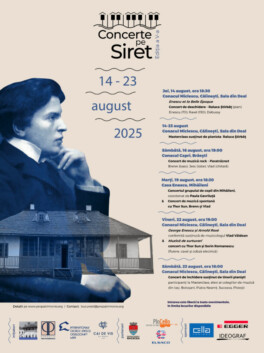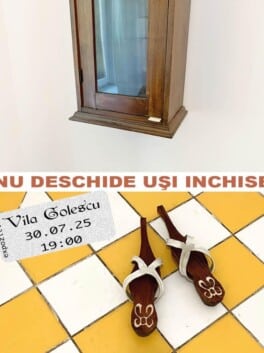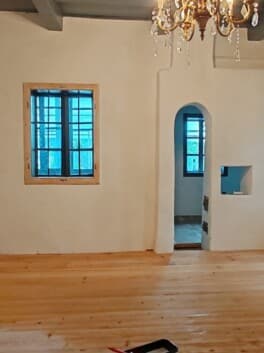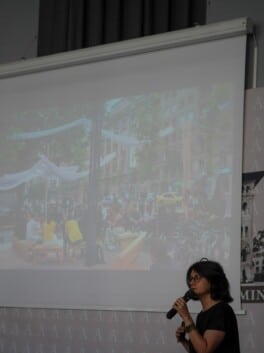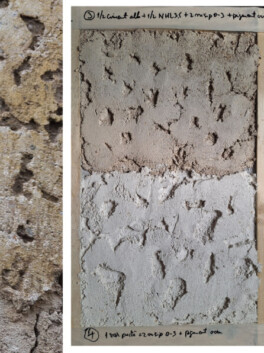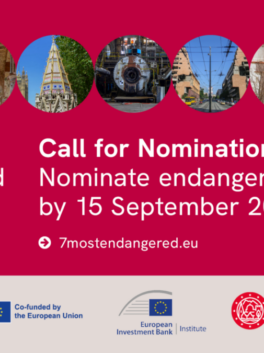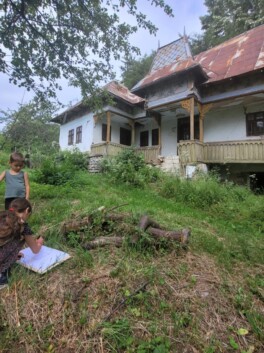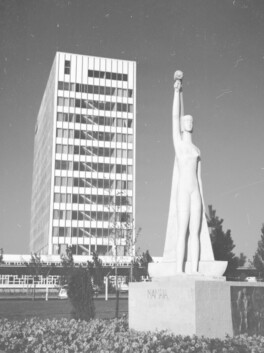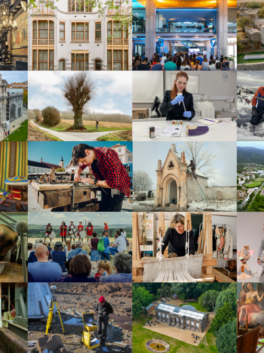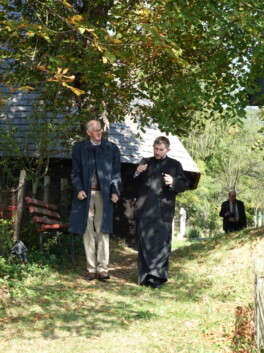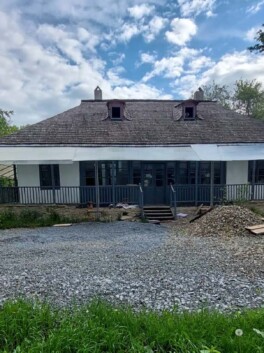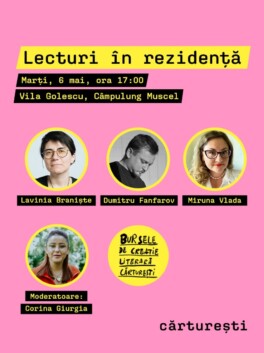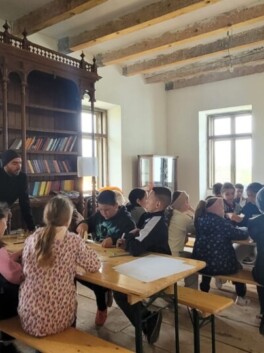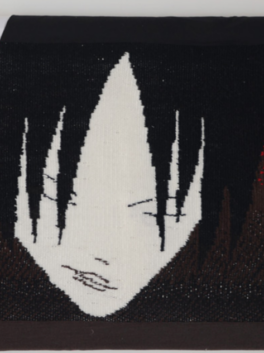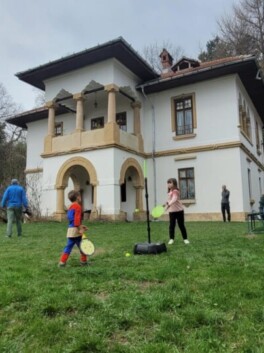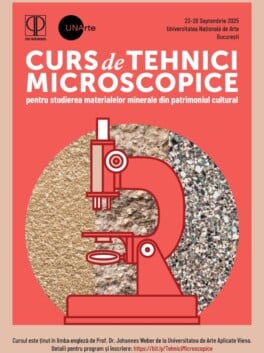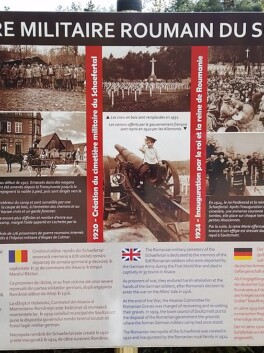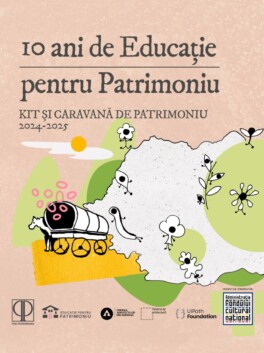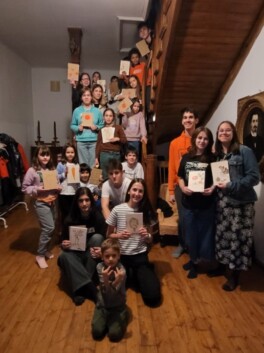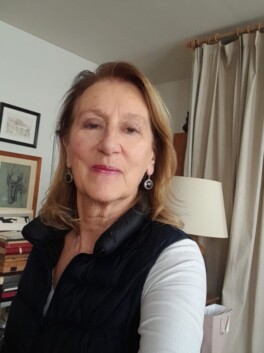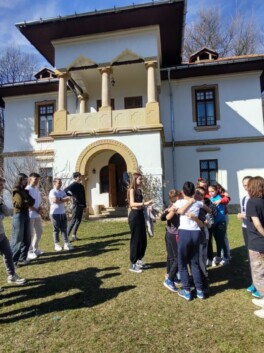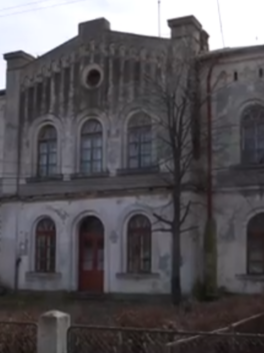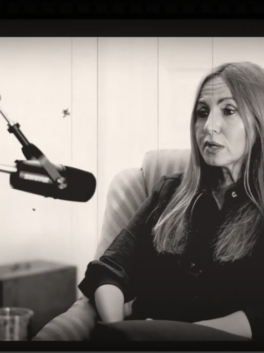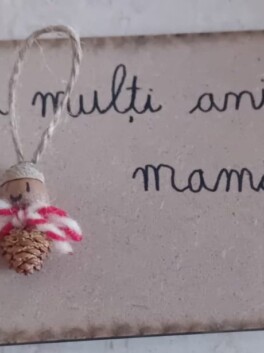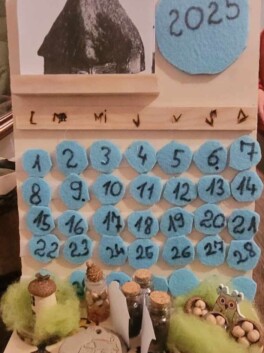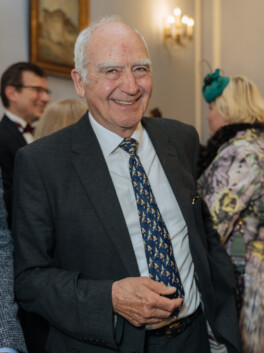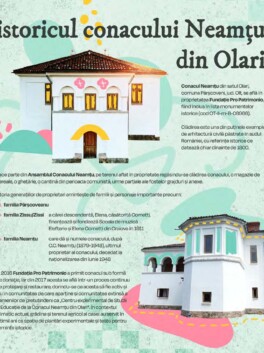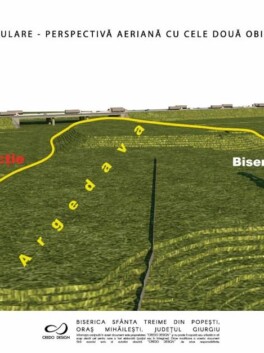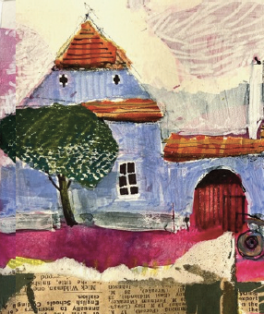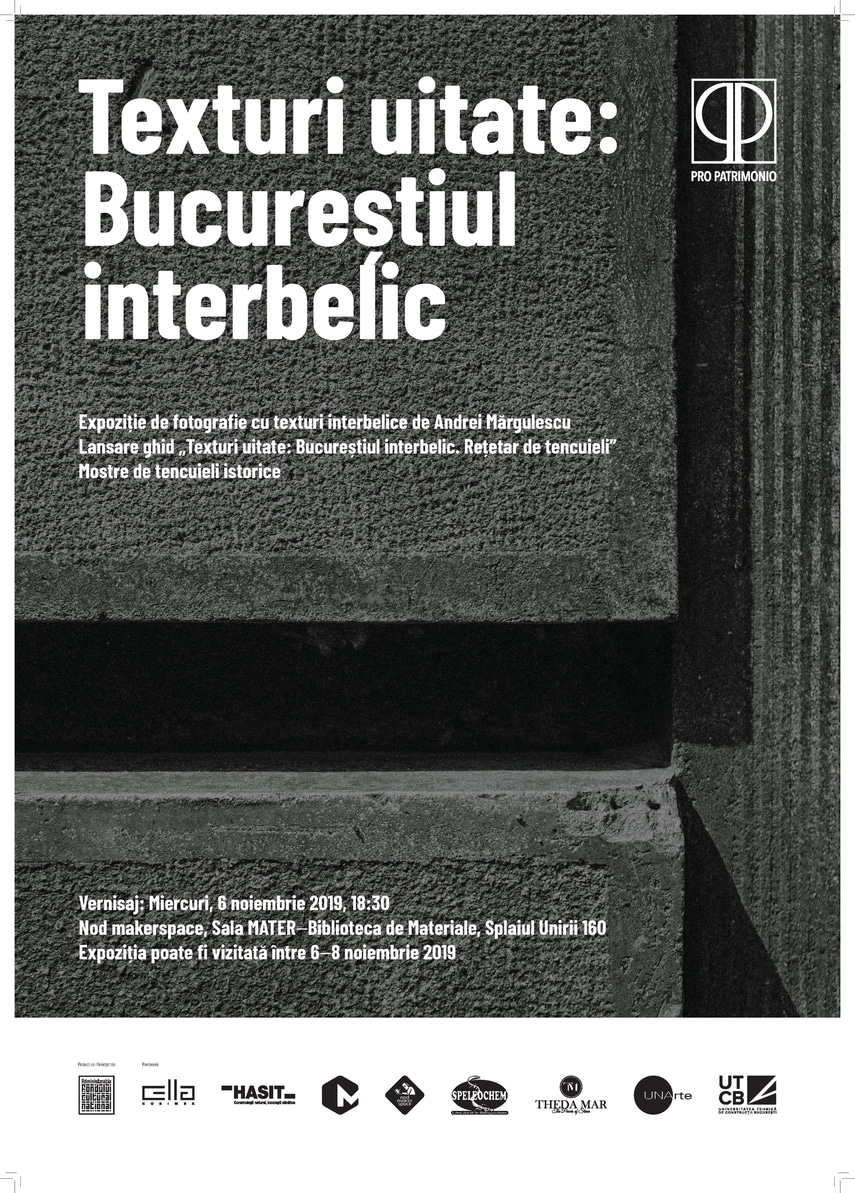
Forgotten Textures: Inter-war Bucharest. Project End.
Wednesday, November 6, 2019, 6:30 pm in the Nod makerspace, MATER hall – Library of Materials in Splaiul Unirii no.160, we invite you to the opening of the photo exhibition “Forgotten textures: Inter-war Bucharest”, launch of the guide “Forgotten textures: Inter-war Bucharest . Plastering recipe book” and the collection of historical plaster samples.
This moment marks the end of an eight-month project where the Pro Patrimonio Foundation has researched four types of inter-war facade plastering: simili stone, mosaic, terracotta and stone dust plaster.
Inspired by the city of Bucharest, the project explored the “secrets” of the Modernist facades in the capital made between 1918 and 1940. A first stage involved library research to document the recipes of inter-war plaster mortars and their way of use – specific to Romania, but also comparisons with techniques from the same period from other countries. In parallel, these textures were photographically inventoried on the field, and in September a series of practical workshops were held to test the documented recipes and application techniques on 60x60cm samples in order to preserve and revitalize the old techniques / technologies.
During the days of the European Cultural Heritage we organized a series of guided tours to observe the lot left over from Modernist buildings in Bucharest and we prepared practical site tests with the mason invited by the Maison Paysanne de France Association, Patrice Leu, specialized in traditional techniques. From the discussions carried out in the workshops and the debate on the forgotten texts of Modernist architecture, we have come to some conclusions also supported by our guest:
- lack of trained workforce in the field of conservation / restoration of historical buildings in Romania. There is a great need for specialized schools for the training of craftsmen in the built heritage sector.
- inter-war plastering and their application techniques should not be lost as it still has great potential for innovation in contemporary architecture.
- historical plastering, unlike the ones used today, require time, specific notions of execution and skilled hands.
- In the processes of present rehabilitation, consolidation or renovation, the plasterings are the first architectural elements to be sacrificed. A change of attitude in professionals and society is absolutely necessary to preserve historic buildings and specific architectural details.
The result of this research period is a recipe guide, six plaster samples recreated in today’s context and a series of photographic observations of the city’s textures made by the architect Andrei Mărgulescu. The project aims to be a first step in the study of Modernist finishes in Romania. This is an original step of the period after 1989 and, at the same time, a direct invitation to all parties involved in the field of construction and architecture to continue the investigations.
“The searches were determined by the personal interest for the historical texts of the city and by a concrete case of restoration in which I was involved. These have materialized, within the Pro Patrimonio Foundation, in a research adventure. The guide was born due to the lack of specialized documentation in the field of constructions in Romania that could provide information on the typology of inter-war plastering”. – architect Ruxandra Sacaliş, the author of the recipe guide.
The guide contains useful information, both theoretical and practical, about materials, ingredients, recipes, finishing techniques, decorative textures and work tools, common degradation. The Forgotten Textures: Inter-war Bucharest. Plastering recipe is intended for practical use and will be available in a small print series, but also in a digital version. Also, the recipe guide aims to be an instrument of awareness for the general public and specialists in the field in relation to the cultural and historical significance of inter-war plasters.
“The plastering recipe book of Ruxandra Sacaliş and the working team represents a very interesting and useful step for the restoration and maintenance of heritage built during the inter-war period. The honesty of the participating teams’ approach – masters and architects – develops a future extended process and a communication system adequate to give a real chance to a still surviving culture of the built Bucharest still has and that we can enrich. The experiment and the research can be done in small groups, with different professions which communicate well with each other. I invite you to try it, it is a chance for the future architectural textures that we all need. Attention, the domain is inexhaustible. ” – architect Şerban Sturdza, project manager.
A Pro Patrimonio Foundation Project
Project manager: architect Șerban Sturdza
Documenting coordinator: arch. Ruxandra Sacaliș
Practical workshop coordinator: Arch. Andreea Machidon
Photo documentation: architect Andrei Mărgulescu
Guide editor: Mirela Duculescu
Graphic Design: Mona Petre
A cultural project co-financed by AFCN. The project does not necessarily represent the position of the Administration of the National Cultural Fund. AFCN is not responsible for the content of the project or how the results of the project can be used. These are entirely the responsibility of the beneficiary of the financing.
Partners: Cella Cosimex, The Institute for Speleology, Hasit, Node makerspace, MATER hall – Library of Materials, Theda Mar and the Technical University for Constructions, Bucharest.
Resources
Facebook event http://bit.ly/Tencuieli
Attached photos
Picture 01 – Collage of combed, polished, sharpened interwoven textures and decorative profile …. Photo credit: Andrei Mărgulescu
Picture 02 – Example Spread of the Guide Plaster Recipe

